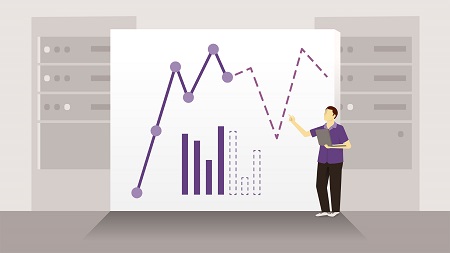
English | MP4 | AVC 1280×720 | AAC 48KHz 2ch | 0h 39m | 82 MB
Predictive analytics use historic data to look forward, enabling organizations to make better decisions. However, making accurate predictions from big data can be an overwhelming task. Enter Google Cloud Platform (GCP), a suite of cloud-computing services that bring scalability, elasticity, and automated machine learning to predictive analytics. This course—one of a series by data scientist Kumaran Ponnambalam—shows how to apply the power of GCP to generate predictions for your business. Start off by exploring the different tools and features for predictive analytics in GCP, including Cloud Dataproc, Cloud ML Engine, and the machine learning APIs such as Cloud Translation, Cloud Vision, and Cloud Video Intelligence. Then explore learn how to build, train, and deploy models to create predictions. Plus, learn best practices for cost control, testing, and performance monitoring of predictive models.
Topics include:
- Evaluating the machine learning tools in GCP
- Understanding the predictive analytics process
- Building models
- Training models with jobs
- Building and running predictions
- Best practices for cost control, testing, and performance monitoring
Table of Contents
Introduction
1 Why use predictive analytics on GCP
2 Data science modules covered
ML Options in GCP
3 Cloud Dataproc
4 Cloud ML Engine
5 Cloud Natural Language
6 Cloud Translation
7 Cloud Vision
8 Cloud Video Intelligence
9 Cloud Dialogflow
Cloud ML Basics
10 Models
11 Model versions
12 Jobs
13 Predictive analytics process
Model Building with Cloud ML
14 Understanding input data
15 Build and test model locally
16 Upload files to Cloud Storage
17 Modify code to work with GCP
18 Creating a training package
19 Running training synchronously
20 Training using jobs
Predictions in Cloud ML
21 Creating a deployment model
22 Creating a model version
23 Creating a prediction dataset
24 Running a prediction
Cloud ML Best Practices
25 Cost control
26 Local testing
27 Performance monitoring
Conclusion
28 Next steps
Resolve the captcha to access the links!